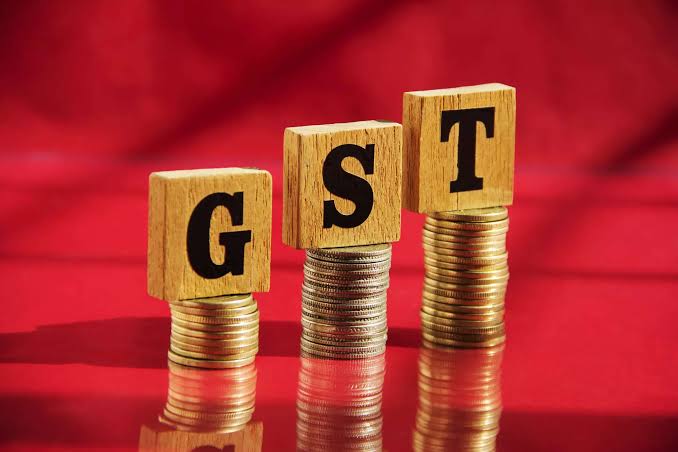‘Odisha Emerges as India’s Third-Largest Revenue-Surplus State’

CAG report highlights state’s fiscal discipline with surplus of ₹19,456 crore in FY 2023
Bhubaneswar: Odisha has emerged as one of India’s top-performing states in fiscal management, recording a robust revenue surplus of ₹19,456 crore in the financial year 2022–23. The state was ranked third among 16 revenue-surplus states in a decadal study on state finances released by the Comptroller and Auditor General (CAG) of India.
The CAG report, State Finances 2022–23, underscored Odisha’s prudent financial management, which ensured that revenue receipts exceeded revenue expenditure during the year. Only Uttar Pradesh, with a surplus of ₹37,263 crore, and Gujarat, with ₹19,865 crore, performed better than Odisha.
Other states that reported a healthy surplus include Jharkhand (₹13,564 crore), Karnataka (₹13,496 crore), Chhattisgarh (₹8,592 crore), Telangana (₹5,944 crore), Uttarakhand (₹5,310 crore), Madhya Pradesh (₹4,091 crore), and Goa (₹2,399 crore). Several northeastern states—Arunachal Pradesh, Manipur, Mizoram, Nagaland, Tripura, and Sikkim—also featured on the surplus list.
The XV Finance Commission had mandated all states to achieve zero-revenue deficit or surplus by 2022–23. Odisha’s ability to not only meet but surpass this target highlights its disciplined fiscal approach and efficient revenue mobilization strategies.
Officials attribute this success to sustained revenue growth from mining and industrial activities, coupled with rational expenditure planning. “The state’s strong surplus reflects our commitment to maintaining fiscal health while ensuring steady investments in infrastructure, social welfare, and human development,” a senior government functionary noted.
The CAG report also painted a contrasting picture of states struggling with fiscal imbalances. Twelve states, including Andhra Pradesh (-₹43,488 crore), Tamil Nadu (-₹36,215 crore), Rajasthan (-₹31,491 crore), and West Bengal (-₹27,295 crore), reported significant revenue deficits in FY 2023. Together, these deficit states recorded a combined shortfall of ₹2,22,648 crore, highlighting the fiscal stress in certain regions.
To bridge these gaps, the Finance Commission allocated grants worth ₹86,201 crore, covering 39% of the aggregate deficit. States like West Bengal, Kerala, Himachal Pradesh, and Punjab were noted to have a growing dependence on such central assistance. West Bengal alone received 16% of the total grants, followed by Kerala (15%), Andhra Pradesh (12%), Himachal Pradesh (11%), and Punjab (10%).
Odisha’s fiscal performance is seen as part of a larger growth trajectory. Over the past decade, the state has steadily transitioned from being revenue-deficit-prone to recording consistent surpluses. This fiscal stability has enabled the government to channel more resources into health, education, infrastructure, and welfare schemes.
Analysts note that the state’s mining sector, particularly iron ore and coal, has played a pivotal role in boosting revenue receipts. Alongside, Odisha’s push for industrial diversification, IT/ITES expansion, and investments in renewable energy have contributed to a more balanced revenue base.
Experts believe Odisha’s case sets an example for other states. “Maintaining a revenue surplus is not just about higher earnings, but also about controlled expenditure and fiscal prudence. Odisha has managed to strike that balance effectively,” said an economist tracking state finances.
The state’s fiscal health is also critical for its future ambitions under the Samrudha Odisha 2036 vision, which aims to transform Odisha into a leading industrial and welfare-driven economy by its centenary year of formation. With a solid financial foundation, the state appears well-positioned to pursue this roadmap.
While Odisha’s revenue surplus places it in an enviable position, experts caution that the state must continue to diversify its revenue streams and reduce overdependence on mineral royalties. Sustained growth in sectors like IT, tourism, renewable energy, and agro-processing will be key to long-term stability.
Nonetheless, the CAG report reaffirms Odisha’s reputation as a fiscally disciplined state. At a time when many states are grappling with deficits and dependence on central grants, Odisha’s ability to stay in surplus marks it as a standout performer in India’s fiscal landscape.









